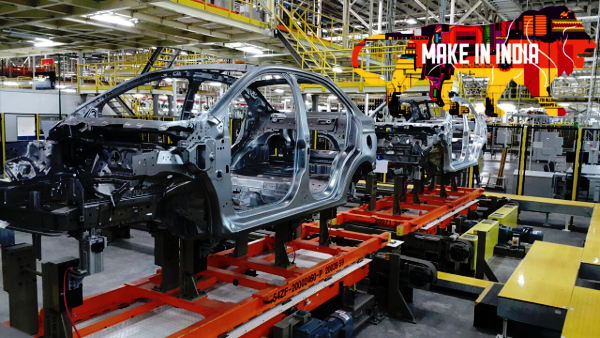NEW DELHI: The government will insist that electric vehicle makers source at least 50% of their components locally if they want to avail of its incentive programme and bid for its orders, even as it looks to promote local manufacturing and discourage imports.
An inter-ministerial steering committee led by Niti Aayog chief executive officer Amitabh Kant has decided that only companies that meet the 50% localisation threshold will be eligible for the incentives that will be available under the Faster Adoption and Manufacturing of Hybrid and Electric Vehicles (FAME-II) scheme to boost electric mobility as well as the ‘Make in India’ initiative.
“Government will not use taxpayers’ money to subsidise imports but will push for 50% localisation content as we want to promote local manufacturing,” Kant told ET.
The steering committee, which held its first meeting on April 1, has finalised the mission’s approach to make domestic industry competitive at the global level.
Limitations of Two-wheeler Makers
“We have made up our mind and would go ahead with the 50% localisation criteria as there are several startups and other firms willing to do it,” Kant said.
The panel had held internal discussions with big automobile manufacturers including Hero Motors and Bajaj AutoNSE 0.03 % for electric two-wheelers and three-wheelers, and with Tata MotorsNSE 2.49 % and Mahindra & Mahindra for electric buses.
While two-wheeler makers have expressed their inability in meeting the criteria for 50% localisation citing their limitations, Tata Motors and M&M have agreed to localise for electric buses, government insiders told ET.
The government has earmarked Rs 10,000 crore under FAME-II to roll out one million electric buses in the country in the next three years besides electric two-wheelers and three-wheelers.
As part of its nearly two-dozen decisions, the Kant-led committee has also decided that the government will adopt the challenge route to select states and entrepreneurs to set up giga factories for large scale manufacturing of cells and batteries in the country.
This is part of the government’s two-pronged strategy to place India as a key driver in the global mobility revolution. One, boost domestic manufacturing by insisting on minimum of 50% local content in e-vehicles; two, create massive size and scale for electric vehicles in the country to make the investments made in the sector viable.
To this effect, Kant has written to states to pool their demand and float tenders for electric buses so much so that all municipalities should fight to get electric buses which in turn will help to clean the cities.
“Money is not a constraint under FAME-II,” Kant said. “The government is committed to replenish this and will allocate more once this is utilised.”
The inter-ministerial committee of the national mission for transformative mobility was formed following a cabinet decision to promote clean and sustainable mobility initiatives in the country. It consists of secretary of nine stakeholder ministries and director general of the Bureau of Indian Standards as its members.
Source: ET
Image Courtesy:Indianautosblog
You may also like
-
Trade Connect E-platform For Exports Is Single Window, Fast, Accessible And Transformational: Shri Piyush Goyal
-
Dot Simplifies Approval Processes For Telecom Licenses And Wireless Equipment
-
Coal Production and Supply Trends on Positive Trajectory
-
Union Minister To Release Booklets On Promotion Of Indigenous Species & Conservation Of States Fishes
-
2nd India-Japan Finance Dialogue held in Tokyo on 6th September, 2024
